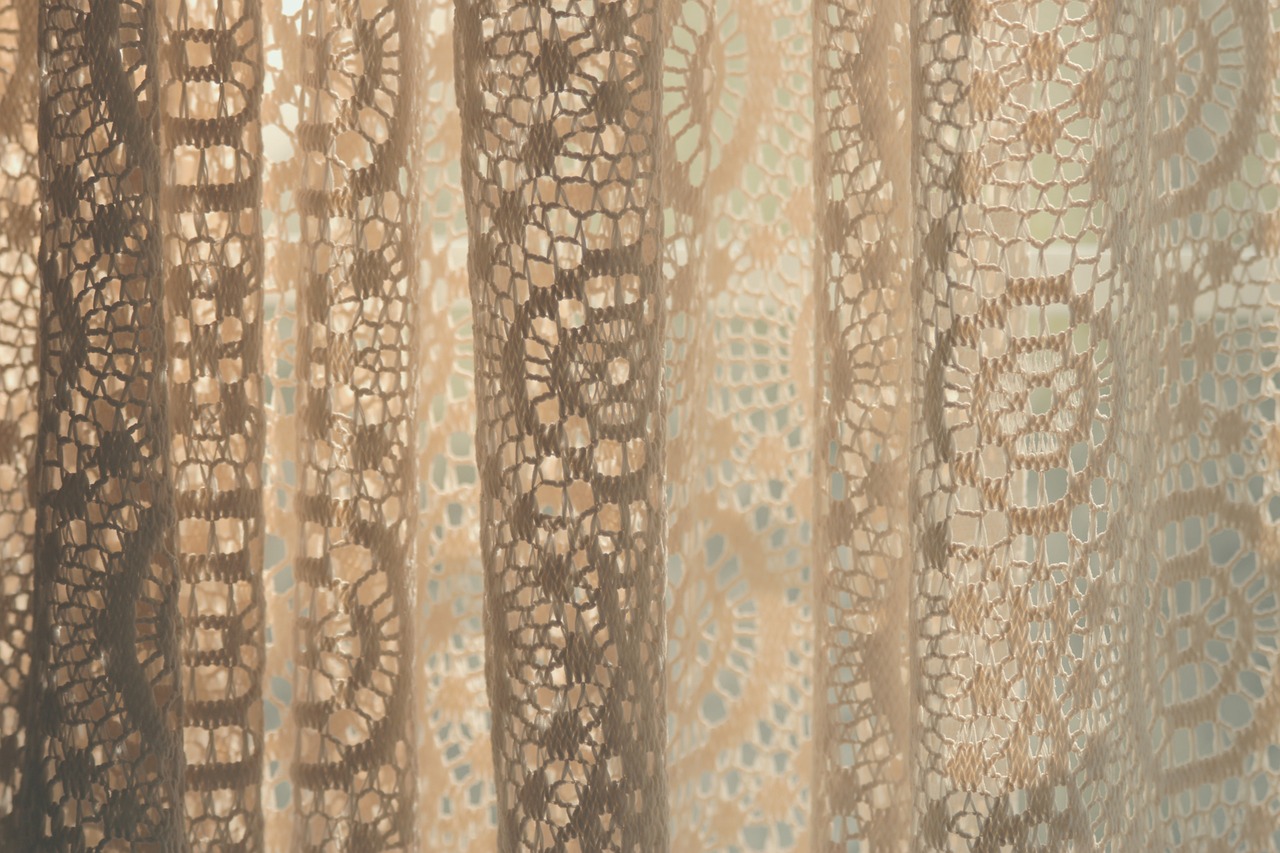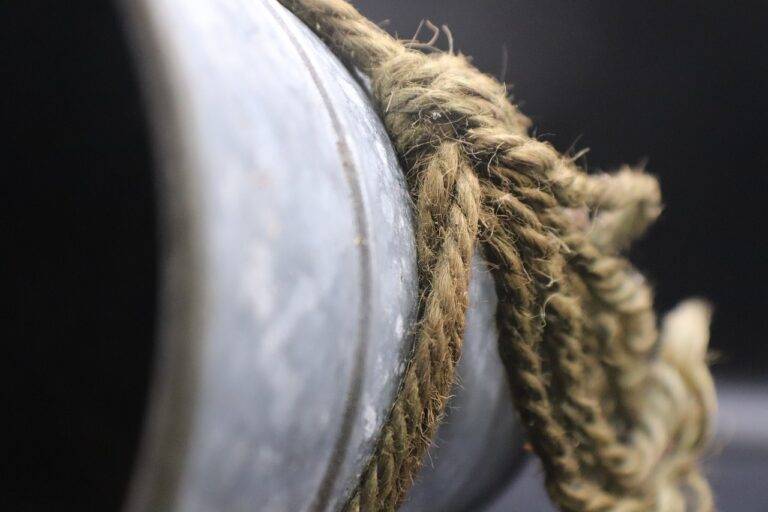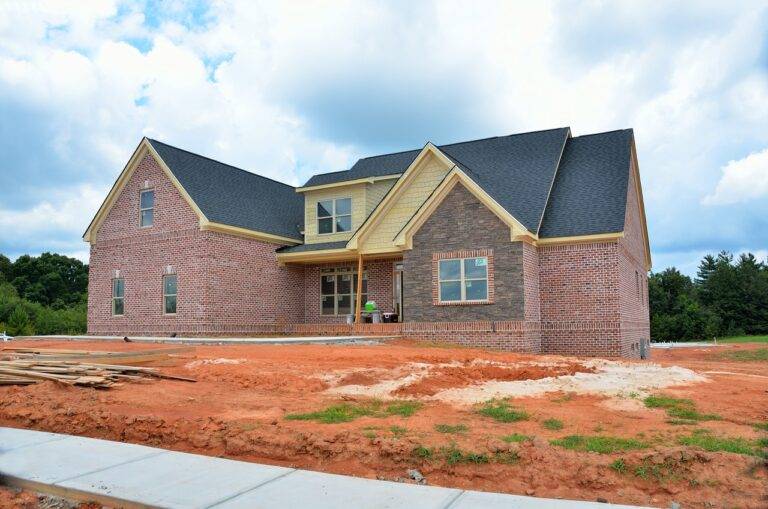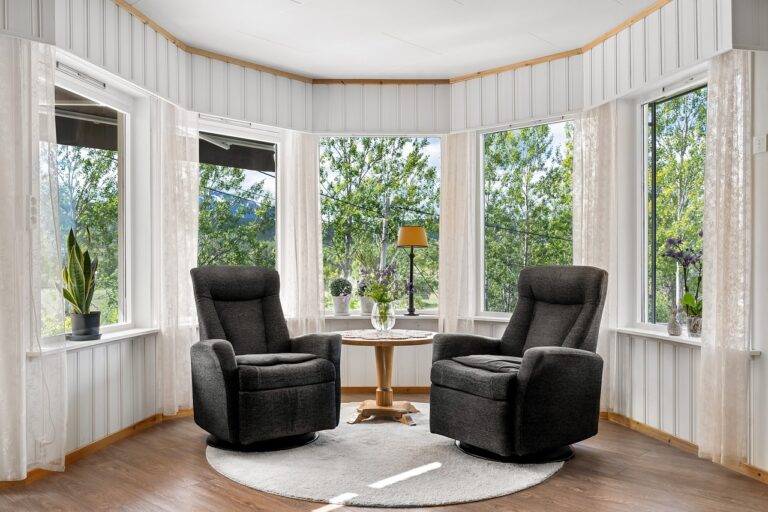Sustainable Bathroom Design: Water-Saving Fixtures and Materials
When it comes to sustainable living, one area that often gets overlooked is the bathroom. However, with the right fixtures and materials, you can transform your bathroom into an eco-friendly oasis that conserves water and reduces your environmental impact. In this article, we will explore the various water-saving fixtures and materials that can help you create a sustainable bathroom design.
Low-Flow Showerheads
One of the easiest ways to save water in the bathroom is by installing a low-flow showerhead. These fixtures are designed to limit the flow of water while still providing a satisfying shower experience. By using a low-flow showerhead, you can reduce water usage by up to 40% compared to a standard showerhead.
Dual-Flush Toilets
Toilets are one of the biggest water consumers in the bathroom, accounting for nearly 30% of household water usage. Dual-flush toilets offer a simple solution to this problem by allowing users to choose between a full flush for solid waste and a half flush for liquid waste. This can help reduce water usage by up to 50% compared to traditional toilets.
Water-Efficient Faucets
Another important fixture to consider in a sustainable bathroom design is a water-efficient faucet. These faucets are designed to reduce water usage by incorporating aerators or flow restrictors that regulate the flow of water. By installing water-efficient faucets, you can save both water and energy by reducing the amount of hot water used.
Recycled Materials
When it comes to materials for your bathroom design, opting for recycled or sustainable materials can make a big difference in reducing your environmental impact. Consider using recycled glass countertops, bamboo flooring, or reclaimed wood vanities to add a touch of eco-friendliness to your bathroom.
Rainwater Harvesting Systems
For those looking to take their sustainable bathroom design to the next level, consider installing a rainwater harvesting system. These systems collect rainwater from the roof of your home and store it for later use in flushing toilets or watering plants. By using rainwater in this way, you can reduce your reliance on municipal water sources and conserve valuable resources.
Energy-Efficient Lighting
While not directly related to water conservation, energy-efficient lighting is an important consideration in a sustainable bathroom design. By choosing LED or CFL light fixtures, you can reduce energy consumption and lower your carbon footprint. Additionally, installing motion sensor lights or dimmer switches can help further reduce energy usage in the bathroom.
FAQs
1. How can I calculate my water savings from using water-saving fixtures?
To calculate your water savings, you can use the following formula: (Number of people in household) x (Average water savings per fixture) x (Number of fixtures) x (Days of use per year) = Total water savings
2. Are water-saving fixtures more expensive than traditional fixtures?
While some water-saving fixtures may have a higher upfront cost, the long-term savings on water and energy bills make them a cost-effective choice in the end.
3. Can I install water-saving fixtures myself, or should I hire a professional?
Many water-saving fixtures can be installed by homeowners with basic DIY skills. However, for more complex installations, such as rainwater harvesting systems, it may be best to hire a professional to ensure proper setup and functionality.
By incorporating these water-saving fixtures and materials into your bathroom design, you can create a sustainable space that not only conserves water but also reduces your environmental impact. With a little effort and investment, you can transform your bathroom into a stylish and eco-friendly oasis that benefits both you and the planet.







